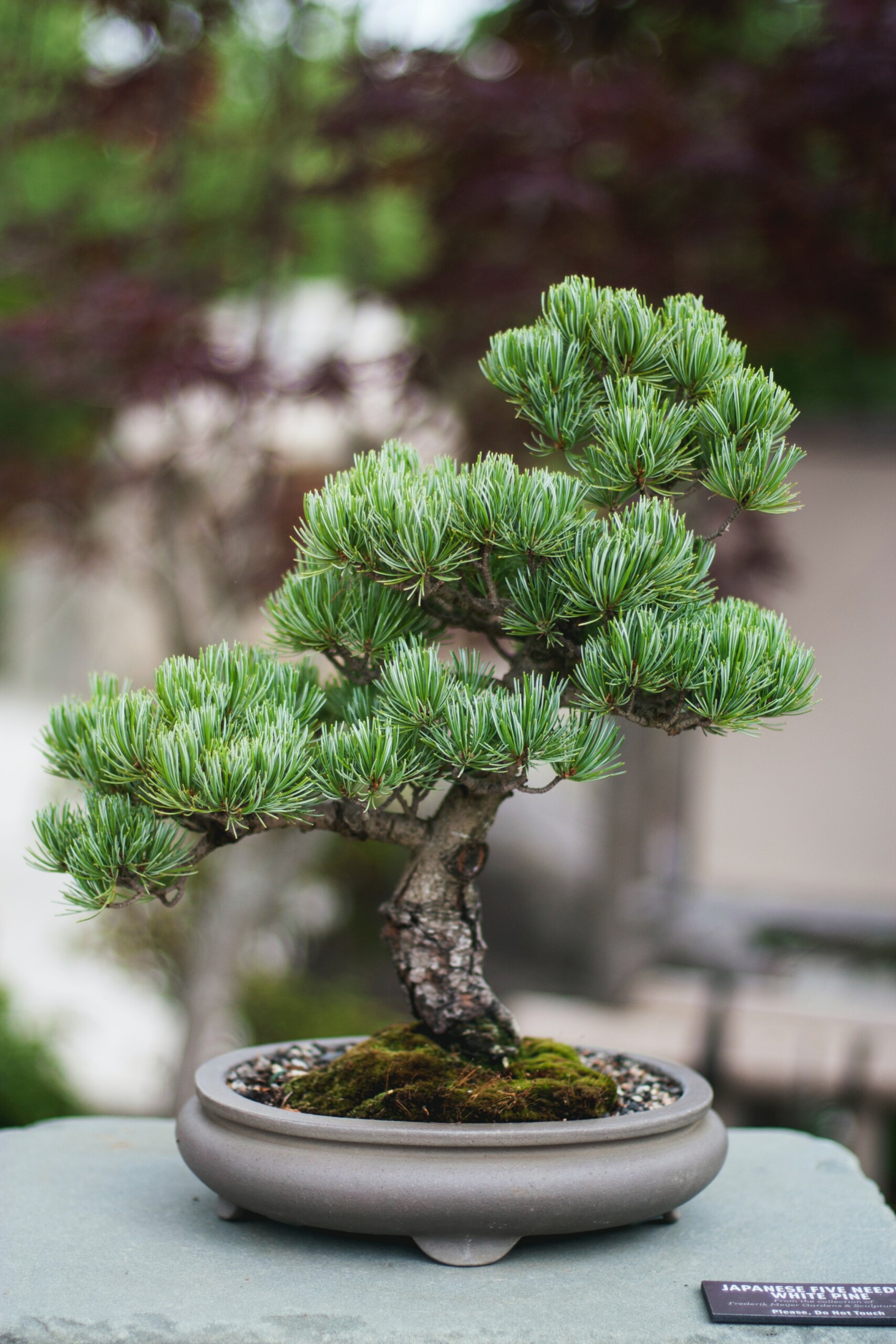The mighty and the tiny

Photo by Kari Shea
From my very first introduction, I have been fascinated by bonsai trees. A Japanese friend’s father cultivated them, and when he realized that I was interested in his bonsai, he went into great detail about how he grew and looked after them.
The oldest of the two was well over one hundred years old. It had been entrusted to him by his late father, who had inherited it from his father, so the age of the tree was unknown. The second tree was one he started and had been tending for over fifty years.
The oldest tree’s trunk was thick and gnarly and had been bent into a lazy S shape as it stretched its three branches upward. The younger tree’s trunk was more slender and was being encouraged to bend back over itself. The tree was entwined by wire to encourage it to grow, not as the tree wanted, but as the owner wanted. It would be shaped and clipped and forced into an artistic form to please the owner’s eye.
Over the years I have seen many other bonsais, some quite large, others tiny, and some even covered with beautiful flowers. While the hands of the artist can bend and shape the tree at his will, the one thing he can’t control is the innate inborn will of the tree to reproduce. The little trees still produce flowers the size of their unaltered cousins, and eventually, if allowed, one apple blossom will become a giant fruit on a tiny tree.
The image of these tiny trees is contrasted in my mind by a giant Morton Bay Fig Tree that stood in the middle of my school. I was told that at that time, this majestic tree was one of the largest of its kind in Sydney. Last year I received a letter from the headmaster of the school advising that the old tree had reached the end of its incredible life. They were making preparations to take the tree down, but they were also growing a seedling from one of its figs which would be placed where the old tree stood.
As I read the letter, I felt regret and sadness for the old tree. It had stood long before my school had been established, and the school had been there for over one hundred years. It probably witnessed the arrival of the first white settlers when they sailed into the harbour. Long before the settlers arrived, the Gadigal people lived in the area and probably watched over the tree as it grew stronger year by year.
When I was there in the 50s, the tree’s enormous trunk took many of us holding hands to circle around it. Its huge imposing buttress roots ran several yards away from its base. I remember sitting under the tree watching a game of basketball being played on the oval field below when a fig fell and hit me squarely in the middle of my head. It hurt and I remember rubbing the spot where a rather large bump eventually emerged.
Last week I received a video of the festivities that took place during the planting of the new tree. Descendants of the Gadigal people blessed the tree and placed colourful sand circles around its base.
Over the years, I took many photos of that giant tree and I am happy that its offspring is now standing in its place. Centuries will pass before it will completely replace its parent tree.
I wish it very good luck.
